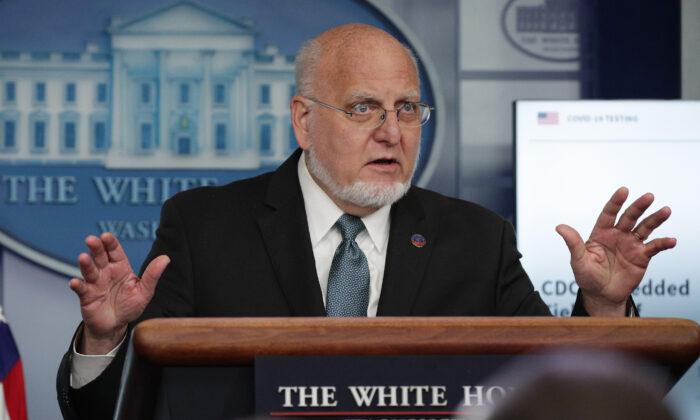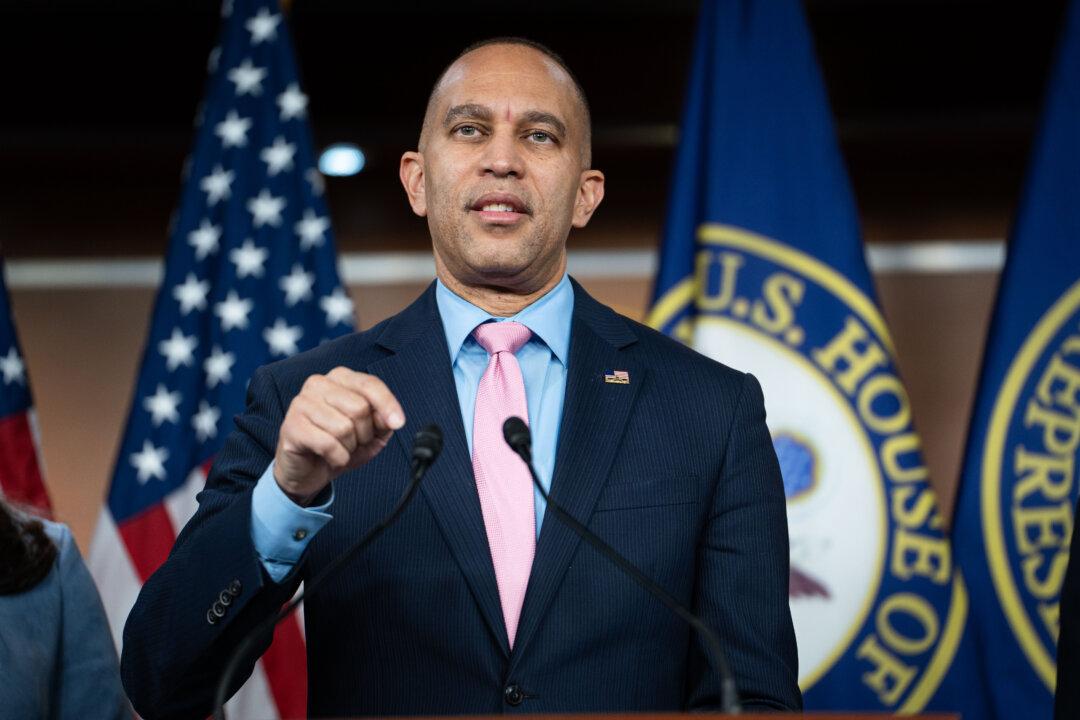“There’s a possibility that the assault of the virus on our nation next winter will actually be even more difficult than the one we just went through,” Redfield warned. “And when I’ve said this to others, they kind of put their head back, they don’t understand what I mean,” he added.
The CDC director also noted that two simultaneous outbreaks of respiratory infections would dramatically strain the health care system.
However, if Americans continue to practice social distancing this “may allow there to be a hospital bed available for your mother or grandmother that may get coronavirus,” he said, adding that social distancing has had an “enormous impact” in containing the CCP (Chinese Communist Party) virus, commonly known as the novel coronavirus.
“We were very clear in the guidelines that we believe we can monitor communities at the community level by using the influenza-like illness,” Birx said.
She added that the task force is working on an algorithm testing for flu and testing for COVID-19, and that it’s important to “have testing in place” to “separate and ensure those patients receive the best treatment.” Birx added that while she is unsure whether a second wave of the virus would be worse, the current wave has “been pretty bad.”
“When you see what happened in New York, that was very bad. I believe that we'll have early warning signals both from our surveillance that we’ve been talking about in these vulnerable populations. We’re going to continue that surveillance from now all the way through to be able to give us that early warning signal.”
“This is not the time to be lax. Instead, we need to ready ourselves for a new way of living for the foreseeable future,” said Dr. Takeshi Kasai, the WHO’s regional director for the Western Pacific.
Kasai said governments must remain vigilant to stop the spread of the virus, and the lifting of lockdowns and other social distancing measures must be done gradually and strike the right balance between keeping people healthy and allowing economies to function.
A number of governors for states across the United States are beginning to announce timelines for relaxing strict measures put in place to prevent the spread of the virus, including Georgia, South Carolina, and Tennessee.
Many are dropping stay-at-home orders beginning May 1 amid a surge in unemployment numbers and the prospect of economic depression. However, several states have not yet announced an end to restrictions.





